Advances in detecting a certain milk protein could help distinguish between the commonly confused dairy allergy and lactose intolerance.


Advances in detecting a certain milk protein could help distinguish between the commonly confused dairy allergy and lactose intolerance.
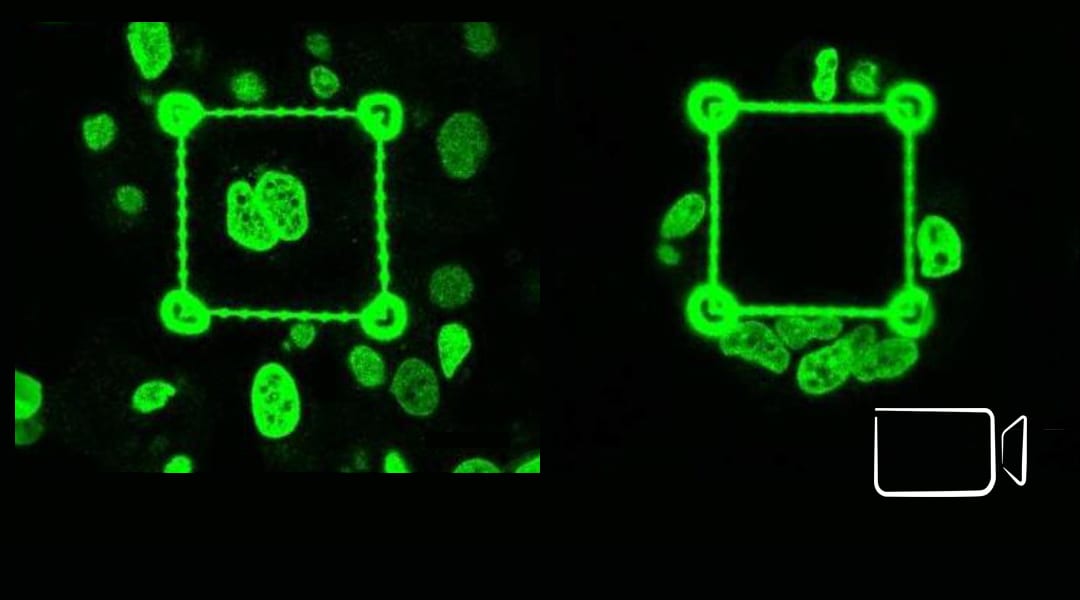
An approach to study tumor cell invasiveness by exploiting an innovative class of polymeric scaffolds based on two-photon lithography to control the stiffness of deterministic microenvironments in 3D is presented.
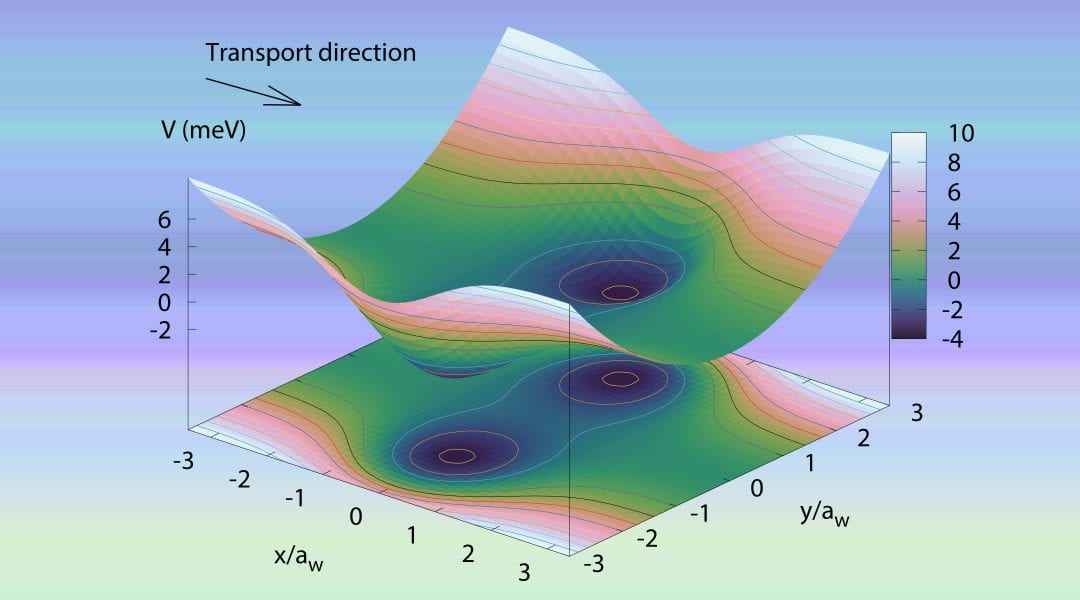
Electroluminescence caused by the transport of interacting electrons through parallel quantum dots in a photon cavity is presented.
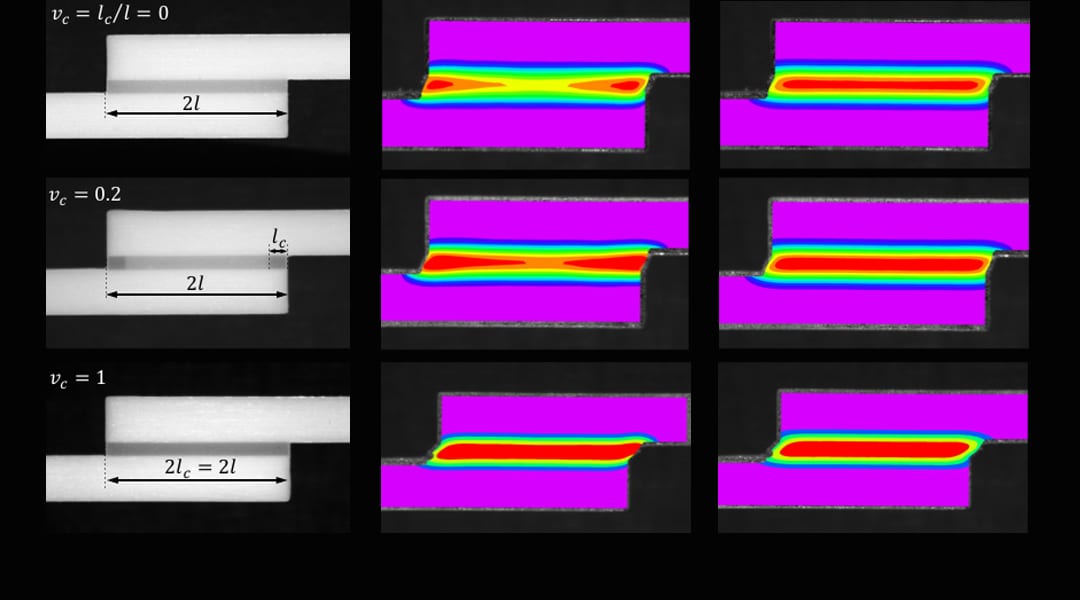
By crafting a spatially compliance-tailored bondlayer utilizing additive manufacturing, mechanical performance can be increased significantly, imparting greater strength, strain to break, and toughness, while maintaining stiffness of the homogeneous stiff bondlayer.
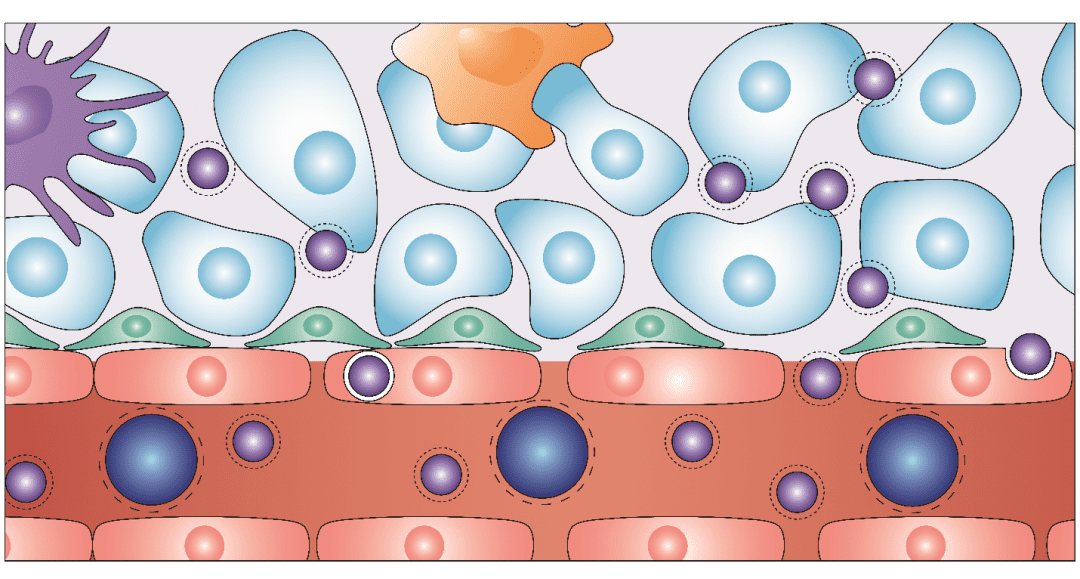
In contrast to healthy tissue, tumors demand a high supply of nutrients and oxygen, and will invade existing vessels and develop new ones to meet these demands.
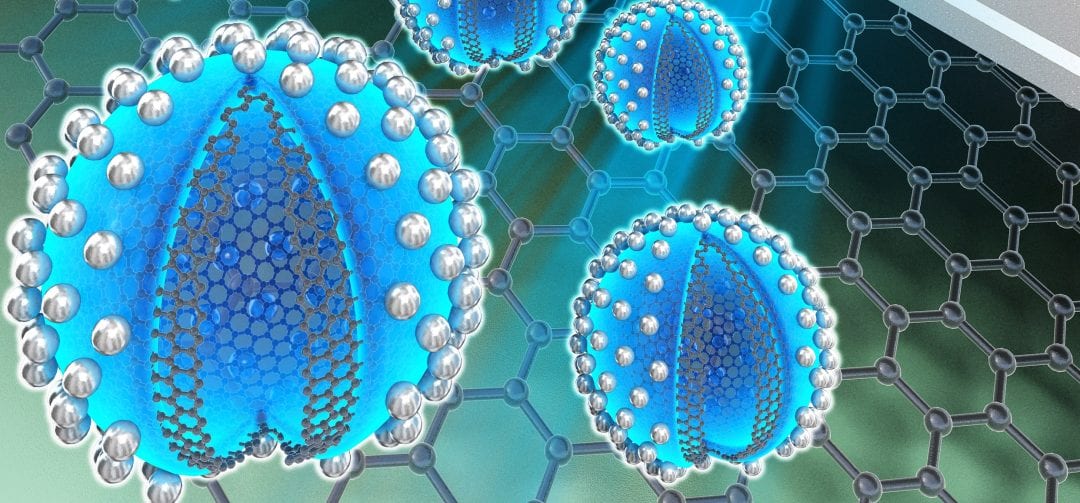
AMI presents the impressive covers of its current issue, highlighting electrochemistry, acoustic streaming, superhydrophobicity, and precision APT.
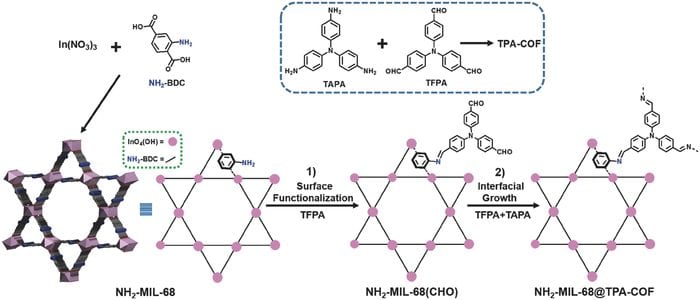
Hua Zhang and his colleagues in Nanyang Technological University presented an elegant strategy to synthesize a novel MOF@COF core-shell hybrid material.
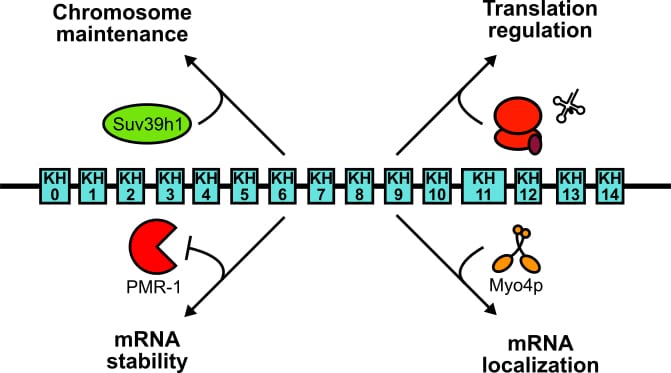
The RNA-binding protein vigilin is conserved from yeasts to humans. Through 30 years of study, vigilin has been associated with a variety of cellular functions both in the nucleus and in the cytoplasm.

Researchers from Sun Yat-sen University, China, prepare a composite based on nickel nitride and sulfide nanosheets as the anode material for lithium ion batteries. The composite has enhanced cycle stability and lithiation capacity compared to the nitride and sulfide alone.
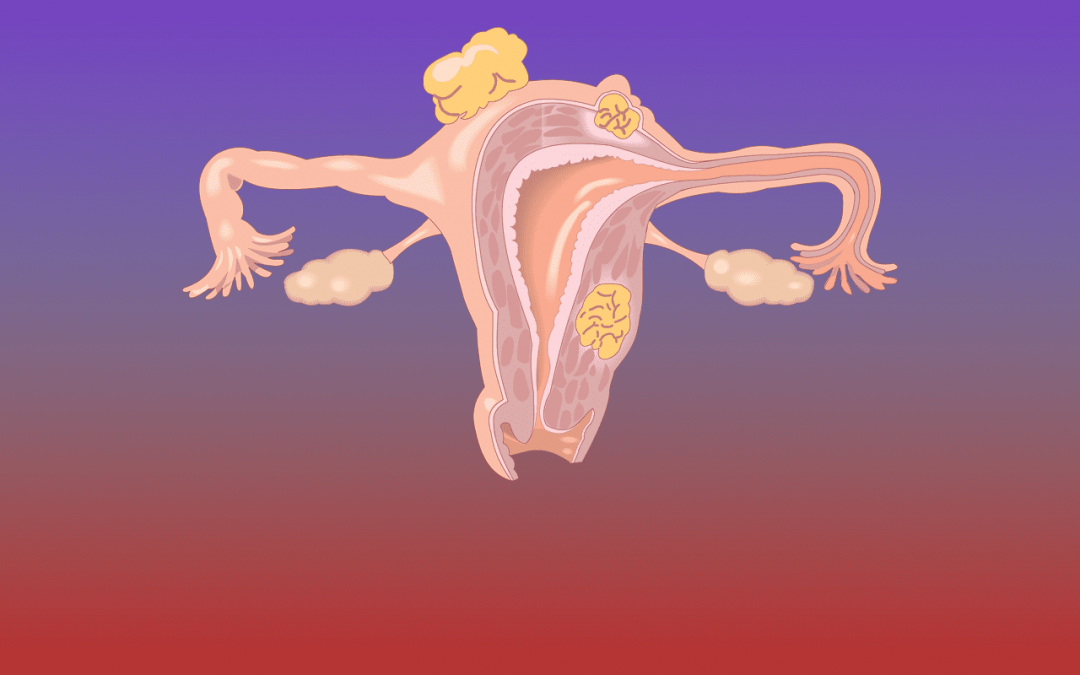
RNA-binding proteins influence epithelial ovarian cancer progression through complex networks with mRNAs, non-coding RNAs and other proteins.